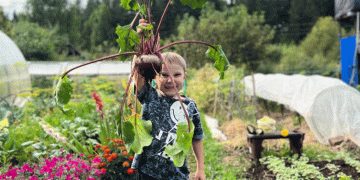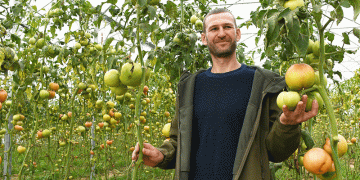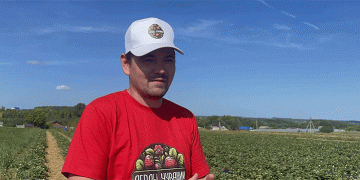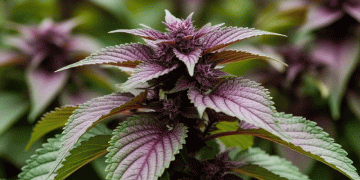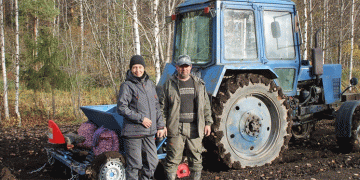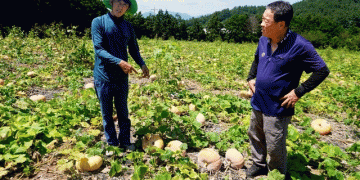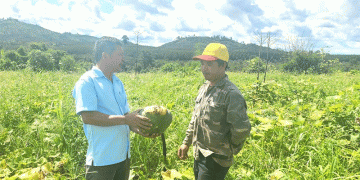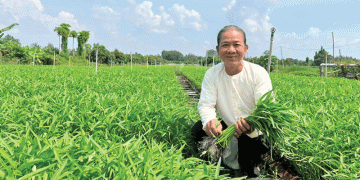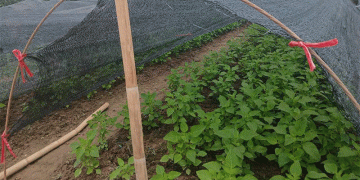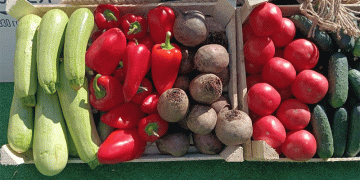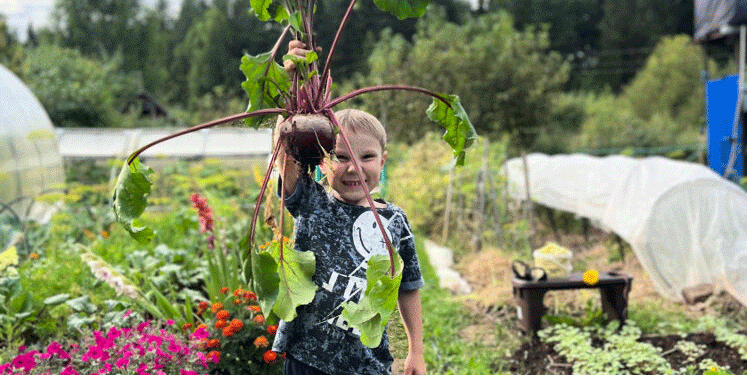As we approach the critical harvest period of autumn 2025, growers are focused on optimizing the yield and longevity of their root vegetable crops. The correct timing and technique for harvesting carrots and beetroot are not merely a matter of convenience; they are the primary determinants of nutritional quality, taste, and the ability to supply markets through the winter months. The decision of when to harvest hinges on three interdependent factors: varietal characteristics, seasonal weather patterns, and geographical location. For instance, while late-season varieties in central Russia may be ready in September, southern regions can harvest into October, and northern areas may need to complete the process by late August.
Identifying Physiological Maturity
For carrots, key indicators of technical maturity include the yellowing and drying of the lower leaves, the attainment of typical size and color for the variety, and the emergence of fine white rootlets on the main taproot. It is crucial for late-ripening, storage-intended varieties to reach full maturity, as the final weeks are when they accumulate maximum sugars and nutrients. However, delaying harvest risks exposure to frost; temperatures below -3°C to -5°C can damage the roots, rendering them unusable.
Beetroot requires even more vigilance against cold. Unlike carrots, even light frosts as mild as -1°C can cause damage to the crown, creating entry points for pathogens and drastically reducing shelf-life. Therefore, beetroot should be one of the first root crops harvested. Visual cues for maturity include yellowing lower leaves and a root diameter of 7-10 cm, often with characteristic bumps on the surface.
The Impact of Harvest Technique on Post-Harvest Losses
The methodology used during and immediately after harvest is a critical control point. Best practices include ceasing irrigation 10-14 days prior to harvest to increase dry matter content, which improves storability. Harvesting on a dry, sunny day minimizes soil adhesion and reduces the risk of rot. Using blunt-ended forks to gently lift long carrots prevents skin abrasions that lead to spoilage.
The importance of these steps is underscored by global data. According to the Food and Agriculture Organization (FAO), inadequate harvesting and handling practices can account for over 15-20% of total root and tuber crop losses in some regions. Immediate post-harvest handling is equally vital: trimming tops to 1-2 cm prevents regrowth, and air-drying in a shaded, ventilated area for 4-6 hours is recommended. Washing before storage is generally discouraged as it removes the root’s natural protective layer.
Optimizing Storage Conditions
The final step to preserving quality is creating the right storage environment. The optimal conditions are a temperature between 0°C to +2°C and a relative humidity of 90-95%. Modern methods like perforated polyethylene bags help maintain this high humidity while allowing for gas exchange. It is also critical to avoid storing root vegetables near ethylene-producing fruits like apples, as the gas accelerates ripening and degradation. A 2023 study in the Journal of Stored Products Research confirmed that proper ventilation and temperature management can reduce storage losses by up to 30% compared to conventional methods.
The successful storage of carrots and beetroot begins long before they enter the warehouse. It is a process initiated with precise harvest timing based on agronomic signs and regional climate, executed with careful handling to minimize damage, and secured through controlled storage environments. For farmers and agronomists in 2025, adhering to these integrated practices is the most effective strategy to minimize post-harvest losses, extend market availability, and maximize the return on investment from each hectare.
